Henry Knox and the American Revolution
In the winter of 1775-76, Colonel Henry Knox, brought fifty-nine cannons from Fort Ticonderoga to the Continental Army besieging Boston, an incredible 300-mile trek over frozen rivers and snowy mountains.
General George Washington emplaced these long-range guns on Dorchester Heights overlooking Boston. The British, unable to defend the city, evacuated it on March 17, 1776, without a shot being fired.
Washington, thinking the Redcoats were headed for the strategic port of New York, sent Knox there to improve its defenses. On June 29, the British fleet appeared in Lower New York Bay, and, over the next several weeks, 32,000 troops arrived under the command of General William Howe.
On August 27, the American forces were defeated by the larger, better trained, and better equipped British army at the Battle of Brooklyn Heights on the west end of Long Island. Needing to evacuate the island but trapped against the East River, the end seemed near for the Continentals.
Undaunted, General Washington tasked Colonel John Glover and his regiment comprised of sailors and boatmen from Marblehead, Massachusetts to ferry the army at night across to Manhattan. As if someone was watching from above, a heavy fog set in just as the operation was getting underway, shrouding the American movement from British sight, and the evacuation went flawlessly.
The Redcoats soon crossed to Manhattan and attacked the Americans. In the Battle of Harlem Heights on September 16, Washington’s force repelled the British advance, gaining the Continental Army’s first battlefield victory. About a month later, to avoid being trapped on Manhattan by the British, Washington moved his army north to White Plains, New York.
Here, on October 28, the Continental Army suffered another painful loss to General Howe’s troops. The American forces then fled south through New Jersey, finally crossing the Delaware River into Pennsylvania near McConkey’s Ferry on December 8, 1776. After reinforcements arrived, the American army numbered about 6,000 men fit for duty, down from 16,000 just eight months before.
In this moment of crisis, Washington planned and executed the master stroke that saved the Revolution, the now famous crossing of the Delaware on Christmas night of 1776 and the successful attack at Trenton the next day. He entrusted the logistics of this critically important event to his most dependable subordinate, Henry Knox.
Thomas Sully. “The Passage of the Delaware.” Museum of Fine Arts.
Looking back, it is hard to appreciate the difficulty entailed in getting 2,400 shivering men, numerous horses, 18 cannons, and all necessary ammunition rowed across an ice choked 800-foot-wide river in a snowstorm at night in small open boats. If Knox’s cannon caravan from Ticonderoga was the most daunting logistical operation of the American Revolution, this crossing was the most perilous.
Interestingly, Washington’s plan included two other American detachments crossing at different points of the Delaware River that same night. However, by 6:00p.m., both General John Cadwalader and General James Ewing, who commanded the other two detachments, had abandoned their efforts due to the adverse conditions.
Fortunately, Henry Knox was not one to turn away from a challenge. He informed General Washington that he was confident he could get their force safely across. Knox skillfully directed the loading of the boats and, when they pushed off from McKonkey’s Ferry, Knox and Washington rode together.
Once across the Delaware, Washington and Knox assembled the men and marched the nine miles to Trenton. Here, they surprised the 1,900-man garrison and achieved a great victory. Thanks to the planning and determination of Henry Knox all went well and, for his efforts, Knox was promoted to brigadier general.
In 1777, Knox participated in the hard-fought battles of Brandywine and Germantown. He saw Philadelphia fall to General Howe’s British forces on September 26 and shivered at Valley Forge through the long winter of 1777-78.
Knox bravely fought at the Battle of Monmouth in 1778 and his artillery destroyed the British at Yorktown leading to the surrender of Lord Charles Cornwallis and his entire force on October 19, 1781. At every major battle in which General Washington’s Continentals fought, Henry Knox was there.
At the age of 32, Knox was promoted to Major General, the youngest soldier to attain that rank. Finally, in 1783, following the resignation and retirement of George Washington, General Henry Knox became the Senior Officer in the United States Army. Quite a rise from being an unknown Boston bookseller in 1775.
Next week, we will talk about Henry Knox’s tenure as a visionary Secretary of War for the United States. Until then, may your motto be “Ducit Amor Patriae”, Love of country leads me.

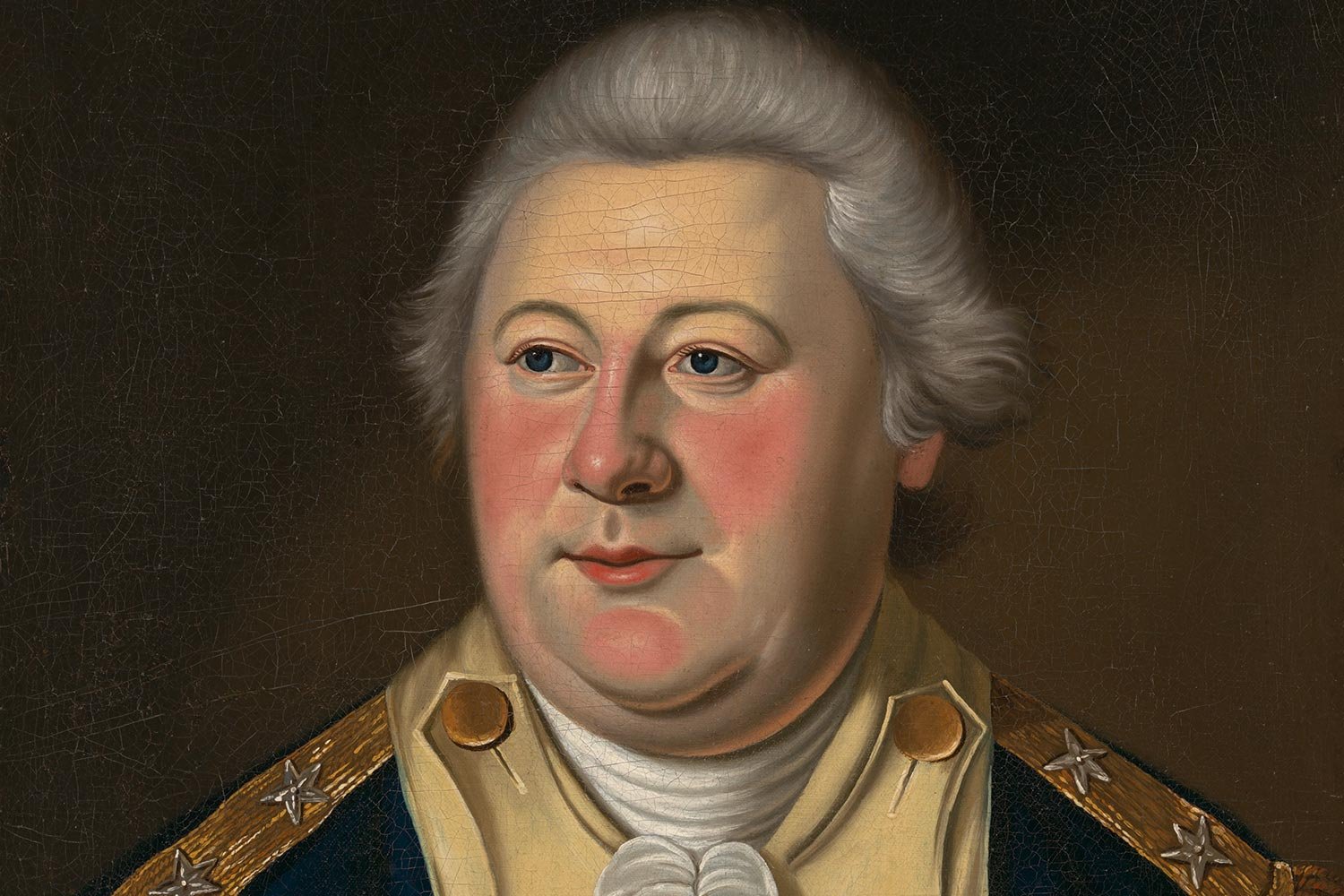
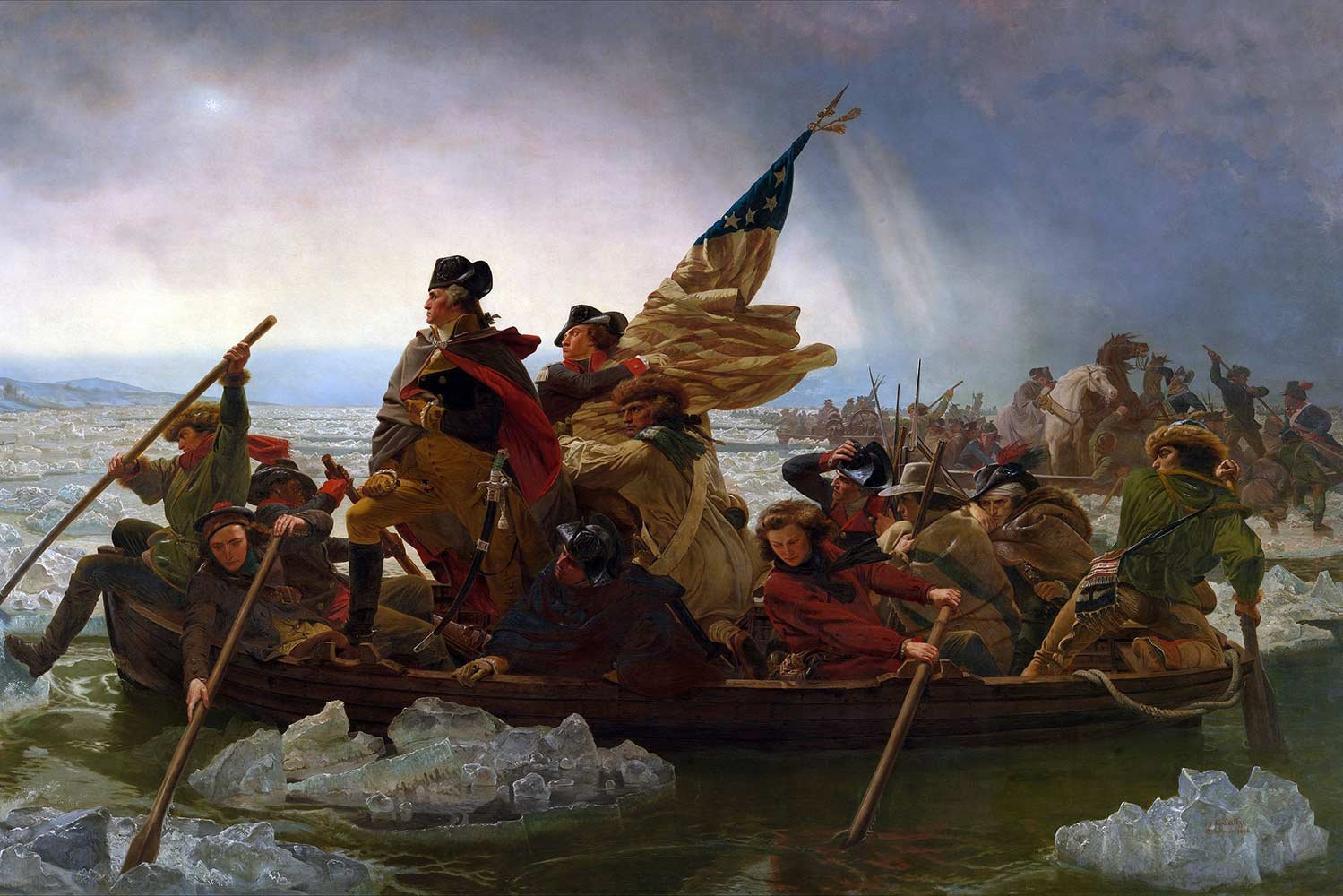

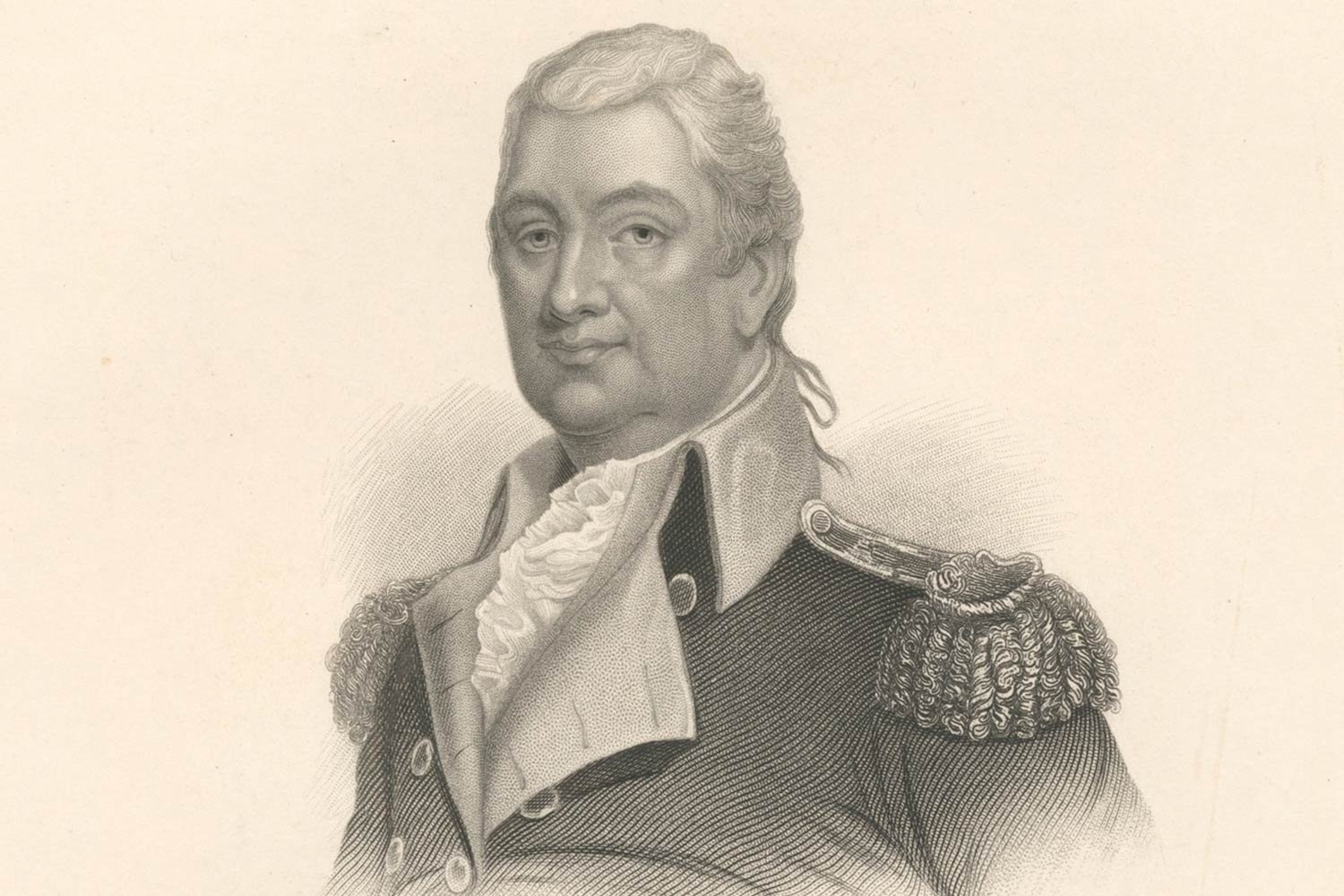
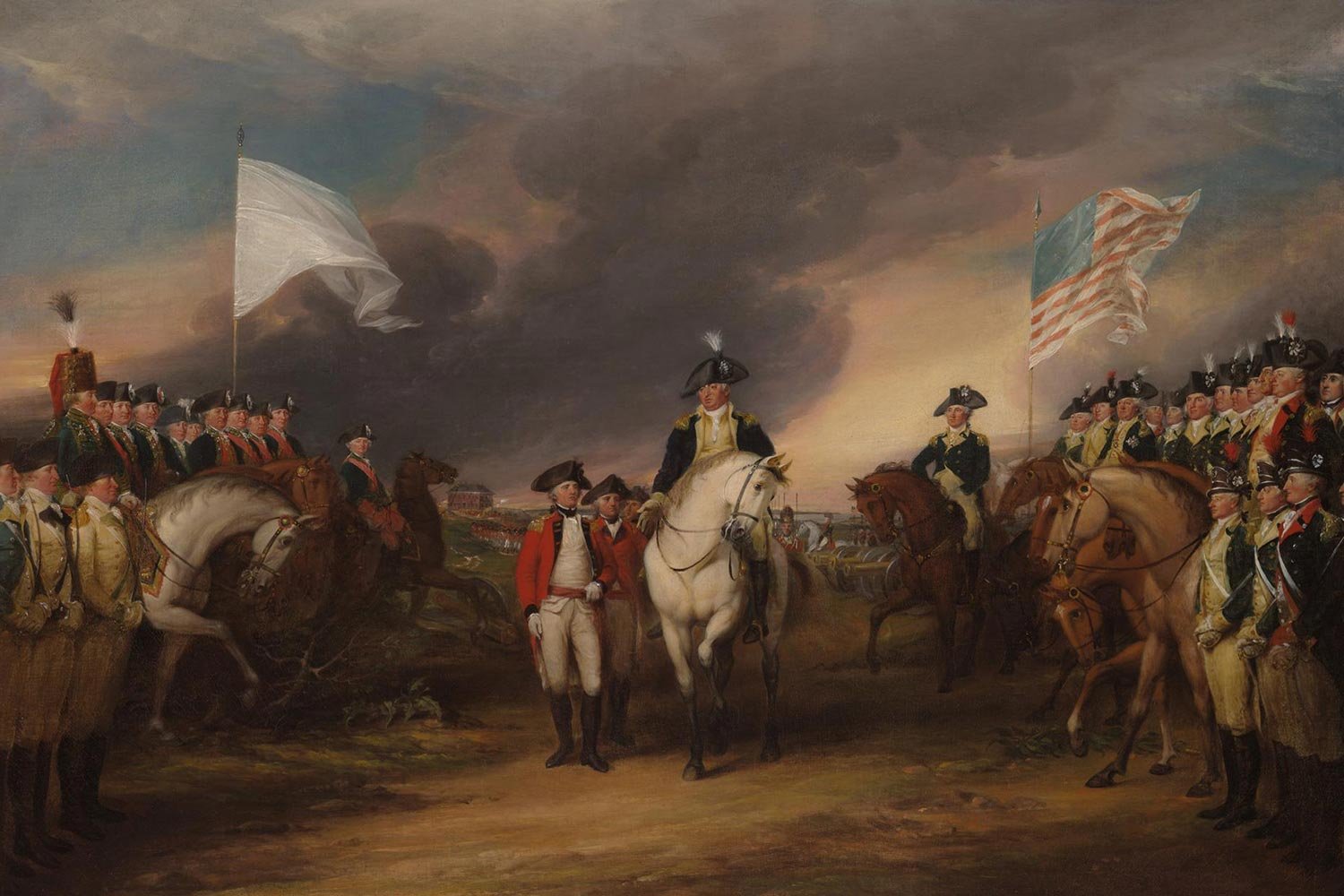
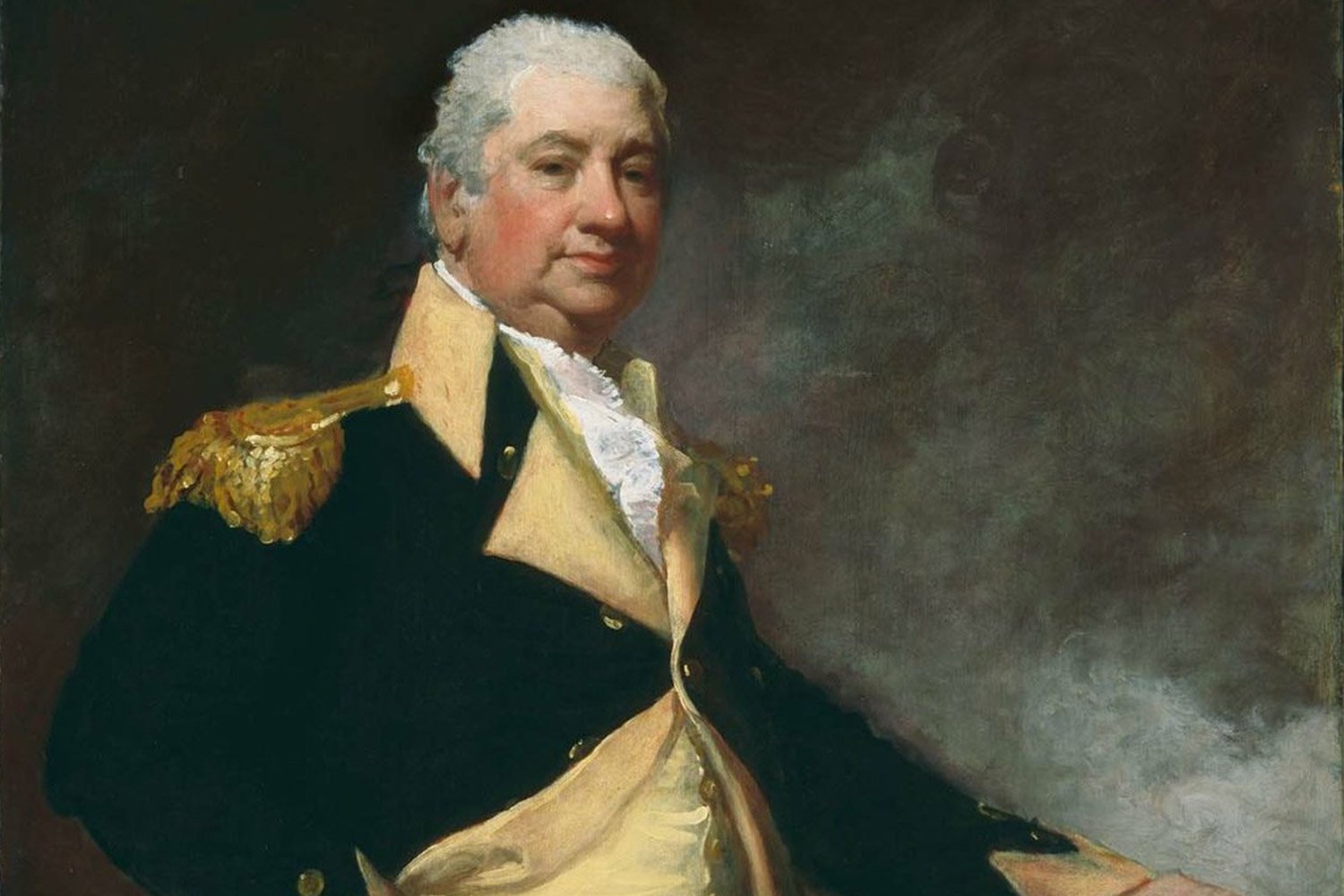
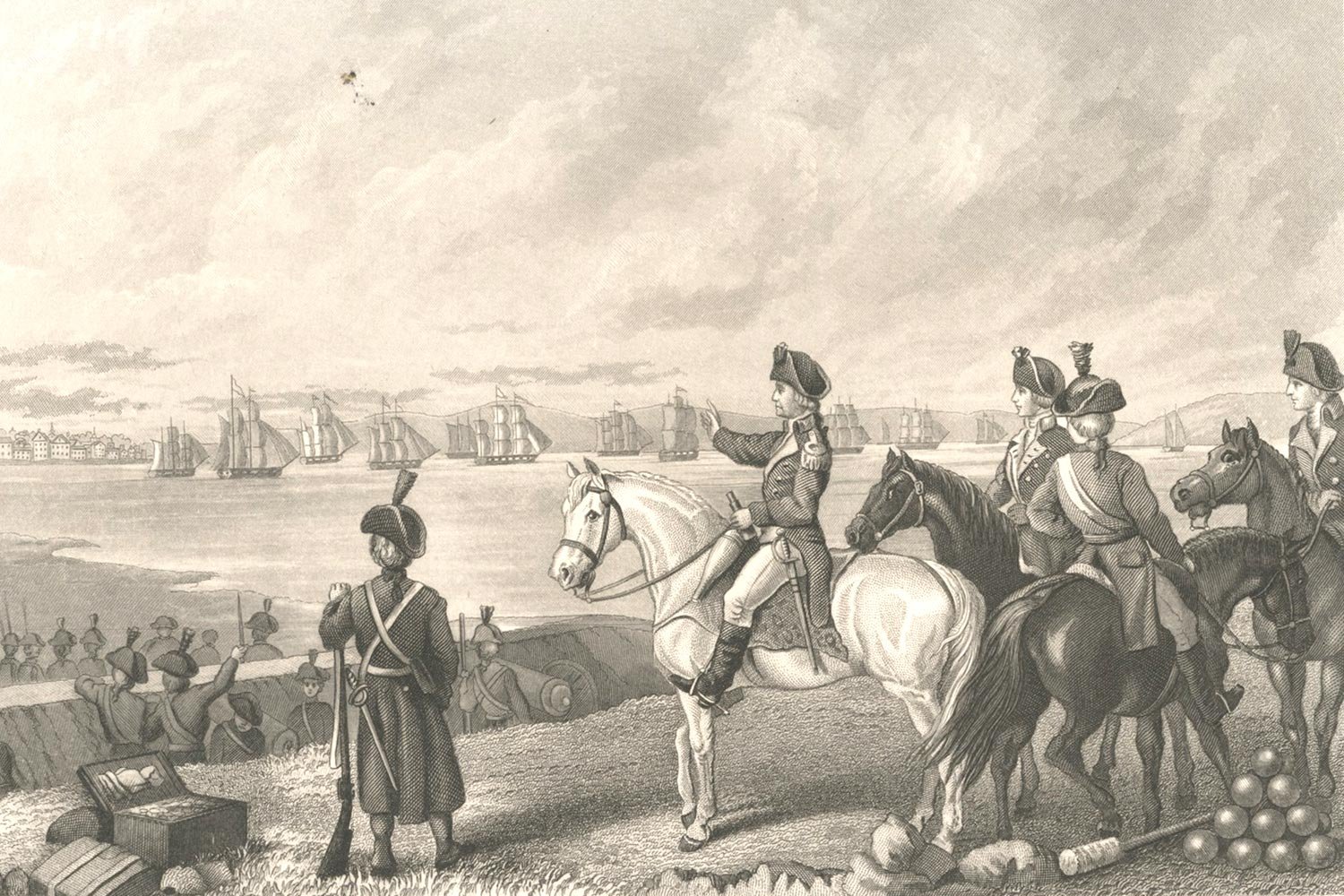
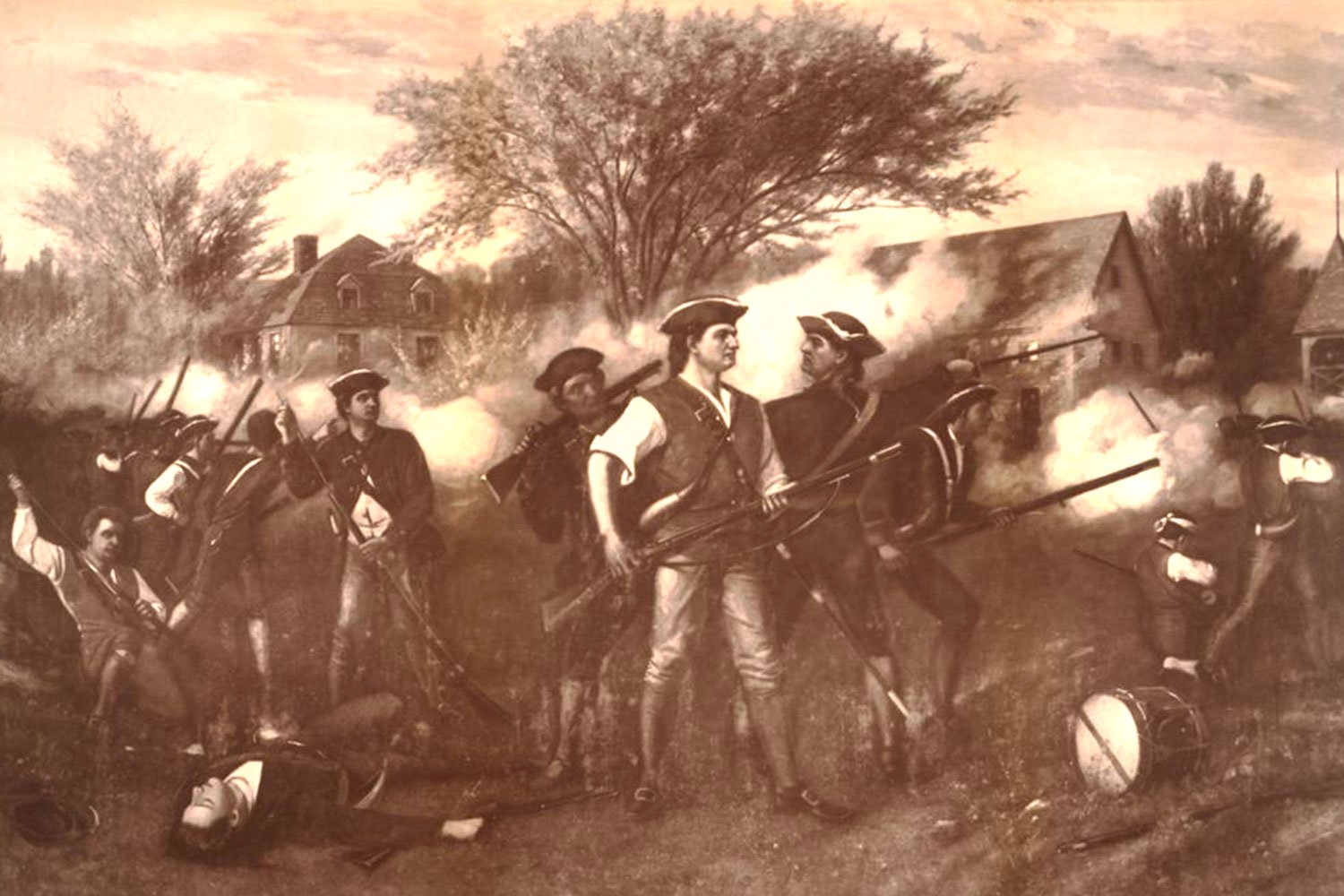
We take civilian control of the military for granted today in America. However, were it not for General George Washington’s actions and words in the so-called Newburgh Conspiracy, things might be quite a bit different.